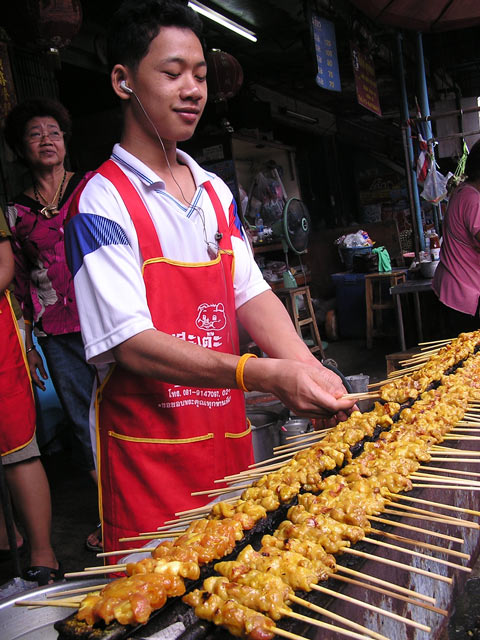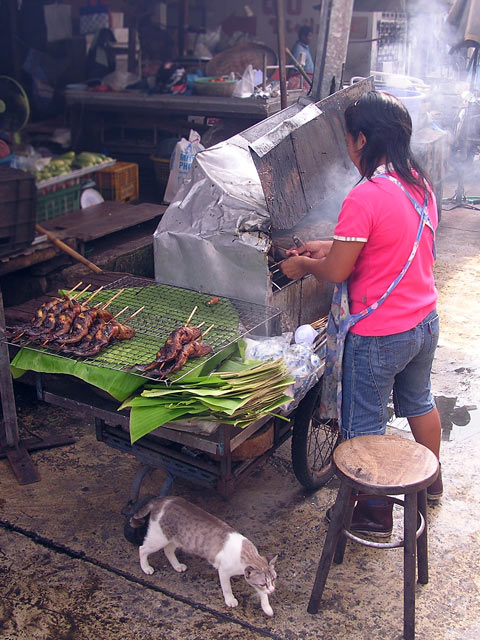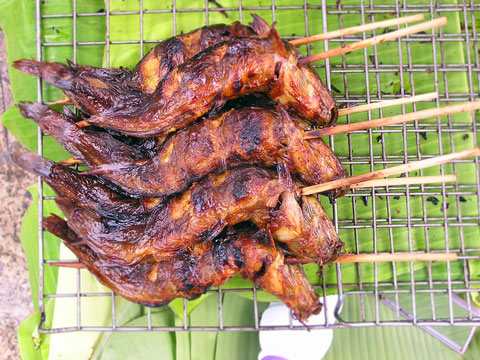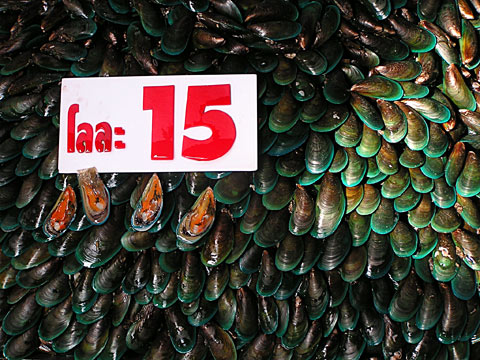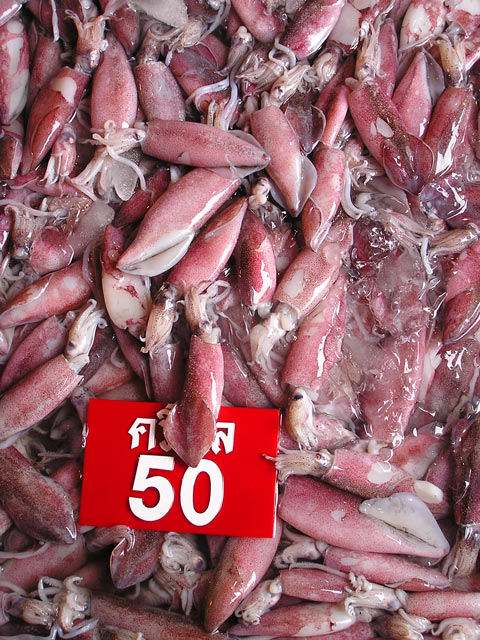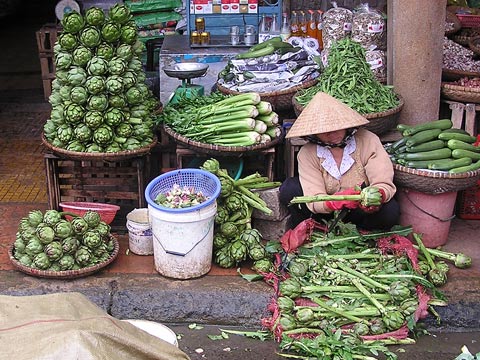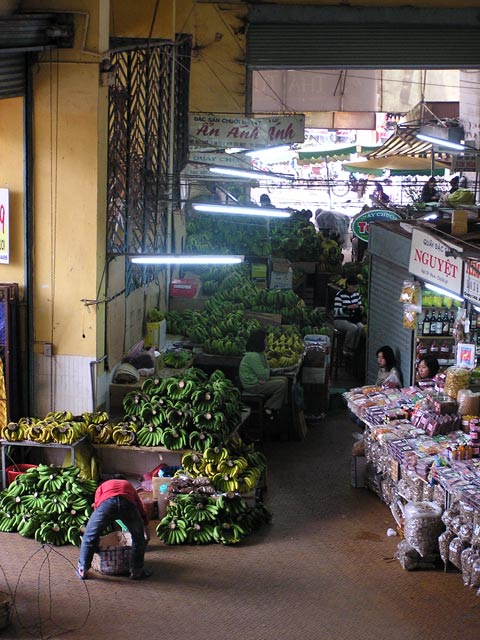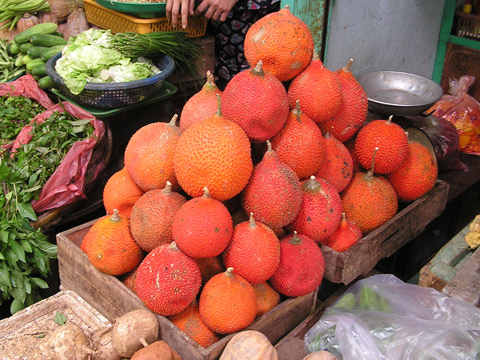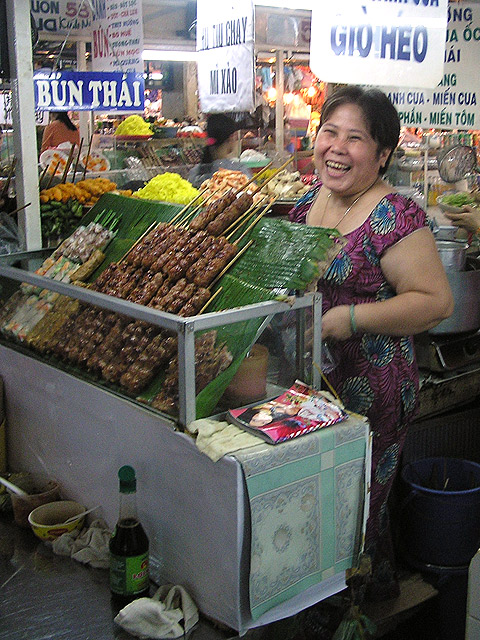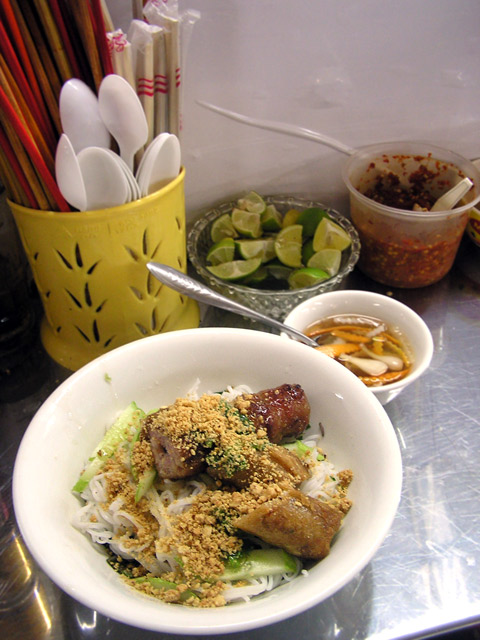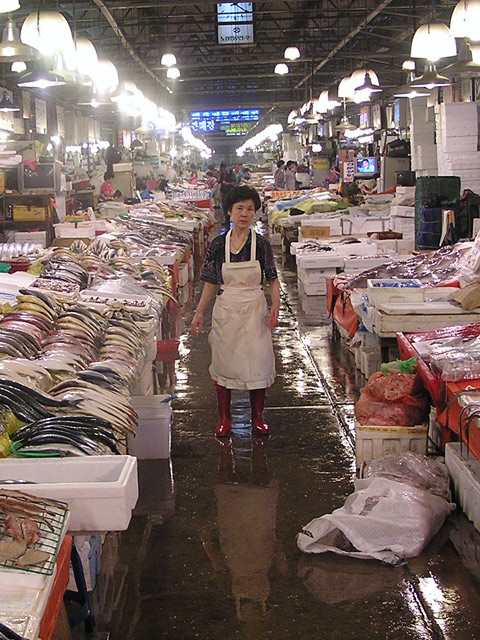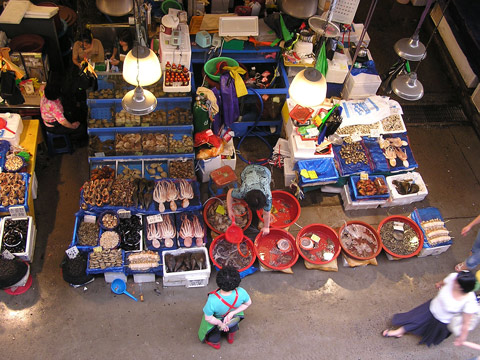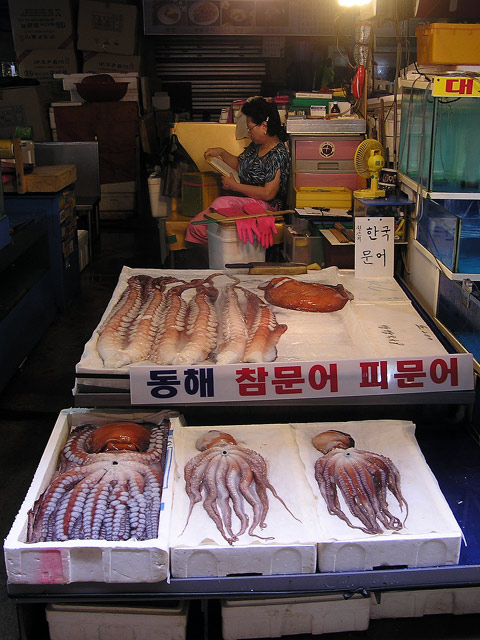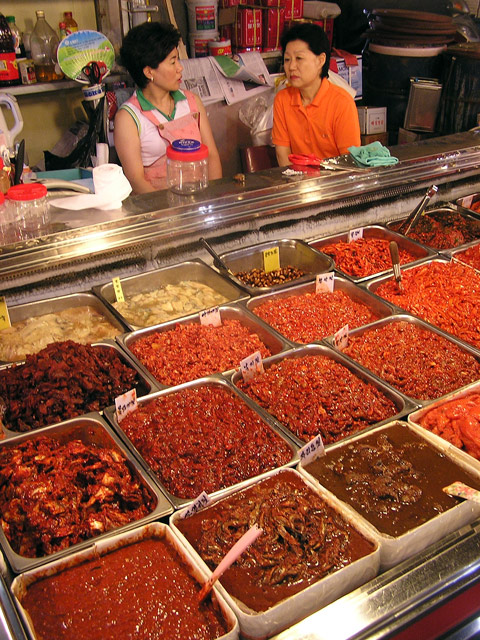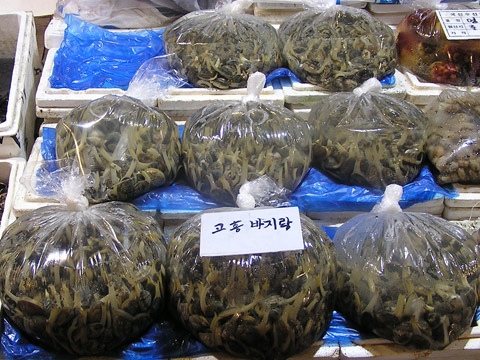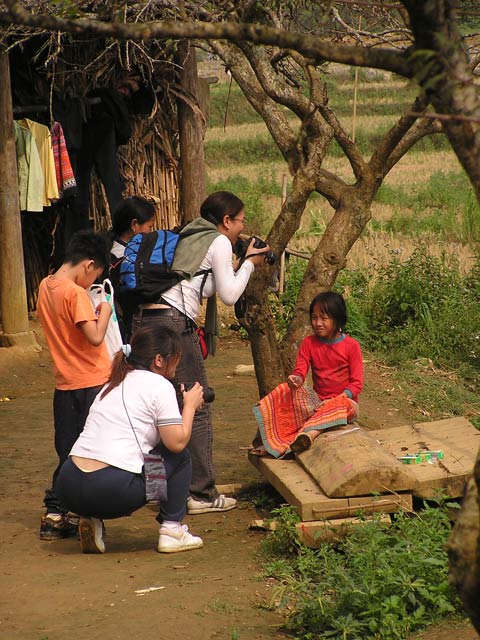
Each Sunday in Bac Ha in mountainous Sapa, Vietnam, subsistence farmers from the surrounding hills descend on the normally sleepy market to watch tourists perform feats of amateur ethnography and find new ways to trivialise their culture.
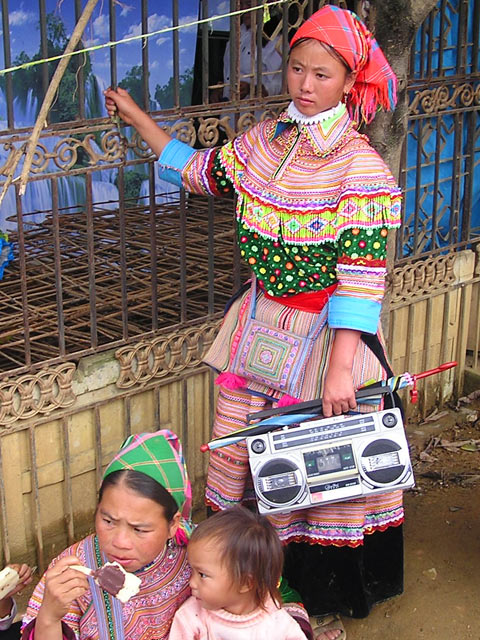
Local hilltribes get into their Sunday best to hit the market mostly for mod-cons and consumer durables: new lightbulbs, fabric printed in Flower Hmong patterns imported from Hanoi, kitchen implements, traditional musical instruments (above). At the entrance of the market is my favourite moment of staged authenticity: a photo booth where tourists can pose for a shot with their selection of garishly-dressed local women and children against an equally garishly printed waterfall backdrop. Travellers are then shuttled off into the nearest village so that they can capture the smiling local kids for posterity in their more authentic setting.
Because I feel uneasy treating subsistence farmers as a tourist attraction by virtue of their silly hats, I hit up the (mostly) ethnically Vietnamese vendors for food.
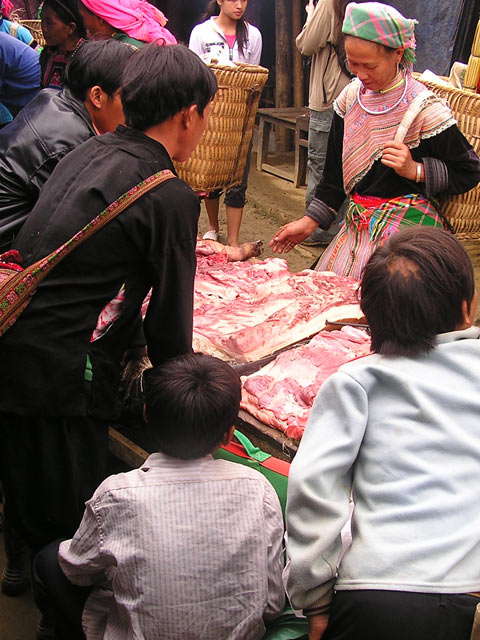
The weekend meat of choice seems to be slabs of incredibly fatty local pork. I don’t think that I’ve ever visited a market so pig-centric, with a long line of pork-only butchers displaying their cuts on a row of wooden trestles.
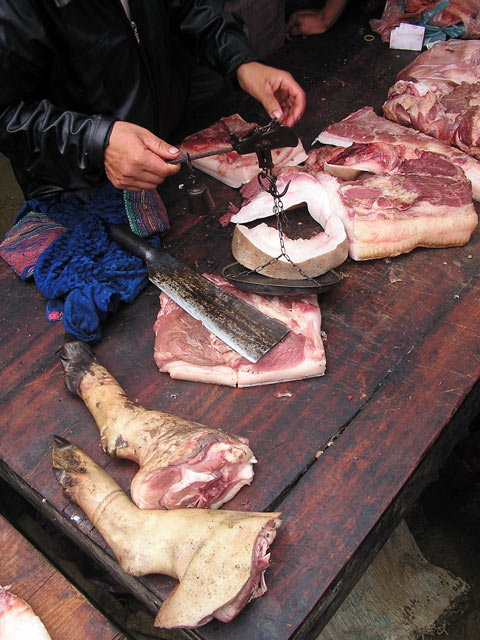
This little pig went to market. Belly seems to be the popular cut and butchers cut each slab into more manageable slices to order.
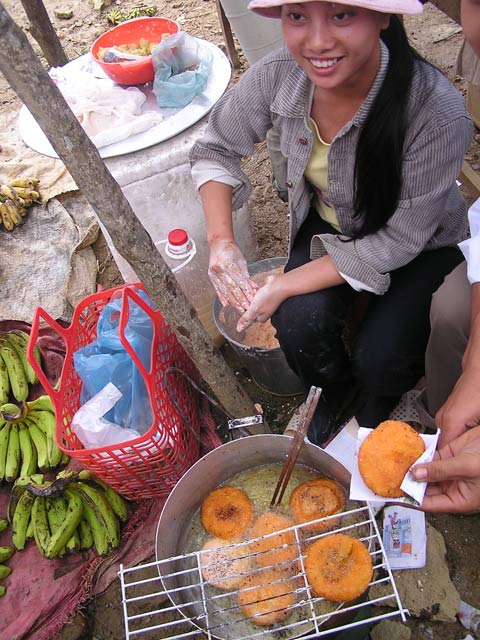
On the ready-to-eat front, I found a vendor selling these small disks of orange rice flour batter, deep fried until crispy on the outside but still chewy. The whole batter is infused with a mandarine/citrus flavour, giving them a slightly tart and sour edge as well as (I assume) their lurid orange color.
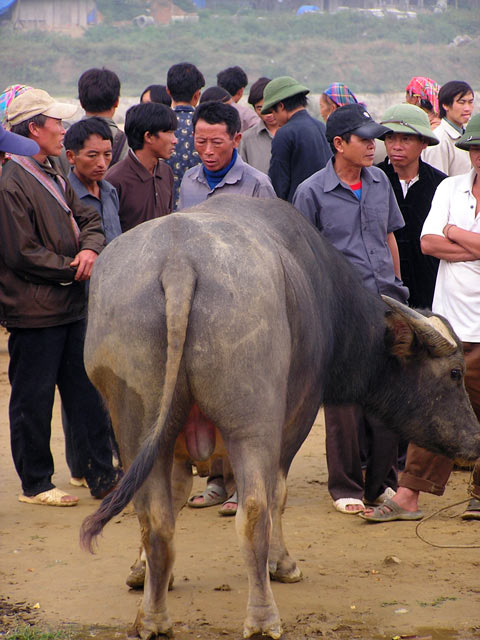
The market also does good business in live buffalo, the going rate reported to be around $600 per beast. There is much quiet discussion and consideration of each animal and very little hustle to indicate that a sale is actually taking place.
Location: Bac Ha Market runs on Sundays in Bac Ha, North of Lao Cai in Vietnam.
